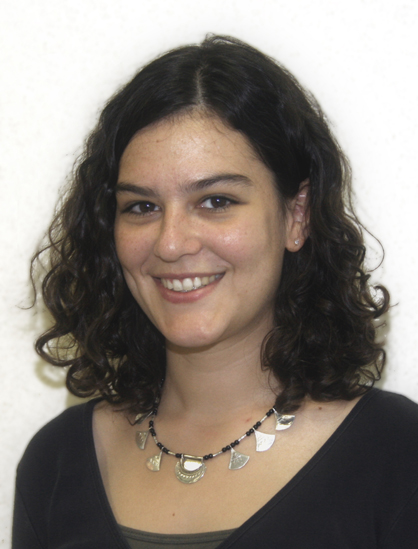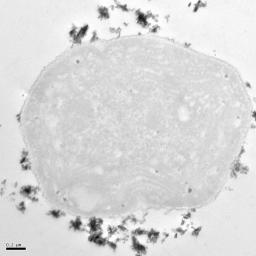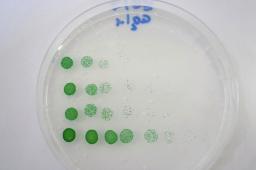 |
Ophelie ZeyonsService de Chimie Moleculaire  +33 1 69 08 96 43 +33 1 69 08 96 43 +33 1 69 08 66 40 +33 1 69 08 66 40
|
Present Statut (until October 2008)
PhD student in laboratory LIONS, CEA research centre, Saclay, France
(Laboratory in Interdisciplinary researches on matter Organisation at Nanometric and Supramolecular scales)
PhD research subject
Understand and quantify biological and physicochemical interactions
between nanoparticles and bacteria.
Nanoparticles have shown great promise in many technical fields, such as medicine, electronic, and new materials. Their extended use has been however widely questioned by customers as well as in many U.S. and European reports. Indeed, their extraordinary physical and biological properties may not only lead to benefits but also to serious safety problems for workers, users, and environment due to their ability to interact with biological systems at a cell scale. Already many papers studied the impact of such nanomaterials on mammalian cells; fewer on bacteria cells. In any case, these studies often reported very different results even when considering very similar systems. This statement has leaded many international reports and conferences to ask for more efforts to normalize nanotoxicity studies.
During my PhD I highlight the importance of understanding the complexity of every study parameters previous to any normalization procedure. I can already emphasize the importance of four parameters: the choice of a biological model, the physicochemical state of nanoparticles, the chemical environment of nanoparticles and the choice of a reliable survival test.
Our main biological models are : Synechocystis PCC6803 and Esherichia Coli RR1.
Our main nanoparticles are : Cerium, Titanium oxide and maghemite nanoparticles.
Synechocystis (cyanobacterium) with TiO2 nanoparticles.
Experiences
2005-2008 3 years, PhD Student, CEA (Saclay), France
-
Characterize the physicochemical specificities and stability of inorganic nanoparticles.
-
Create and develop toxicity assays to understand interactions of nanoparticles with bacteria.
2005 6 months, industrial trainee, Flamel Technologies (Vénissieux), France
-
Designed and optimised new formulations for control delivery of injectable proteins.
2003-2004 1 year, industrial trainee, Syngenta (Jealott's Hill Research Centre), England
-
Achieved two herbicide formulations (solution and emulsion) to make compatible new adjuvants with high strength active solution.
-
Developed validation tests and provided technical support for several different units of a high throughput formulation robot.
Education
2005-2008 PhD in physical chemistry, university Paris VI, France
2001-2005 Diplôme d'ingénieur chimiste, CPE Lyon, France
CPE Lyon, French Grande Ecole, equivalent to a National Graduation School (Master degree in Chemistry)
3thd year specialization : physical chemistry, formulation and process in divided solids.
Publications and Communications
Leisures
Keywords
Physical chemistry, formulation: emulsion technology, rheology, stability tests, controlled release, wettability test, surface tension, dynamic light scattering, polymers and surfactants for emulsions, solutions and suspensions.
Nanoparticles: characterization, size, zeta potential, RedOx (XANES, XPS), stability to dissolution (ICP-MS, electrophoresis), and shape (AFM, TEM).
Bacteria: cultures, growth tests, CFU counting tests, respiration tests, integrity membranes assays, electronic microscopy (SEM, TEM), metabolomics (NMR), exopolysaccharides.













